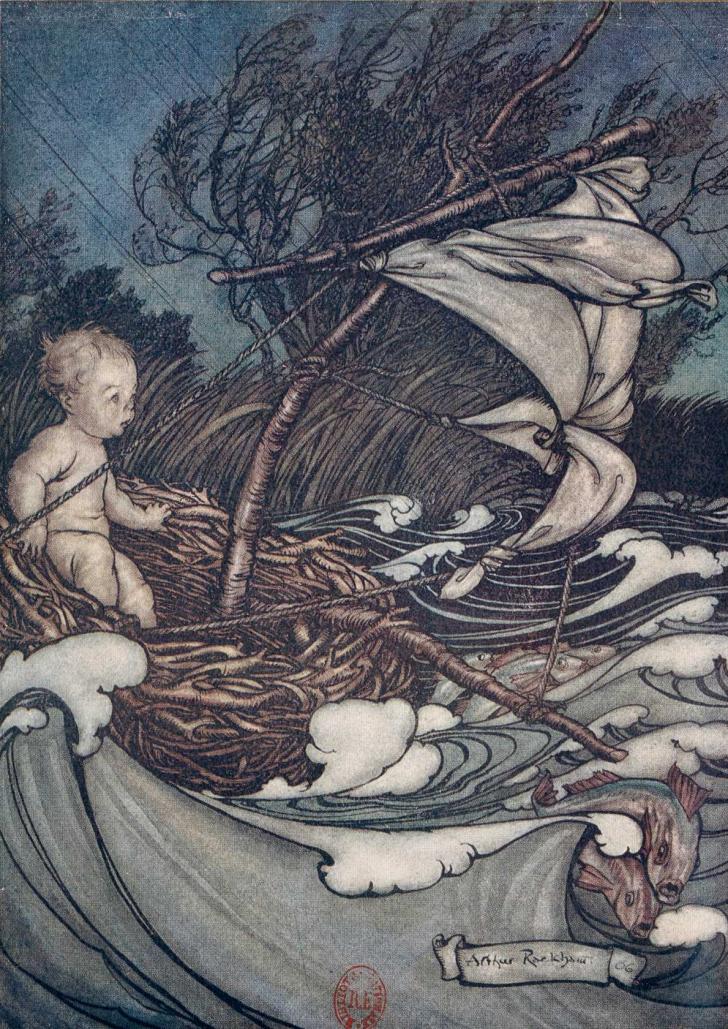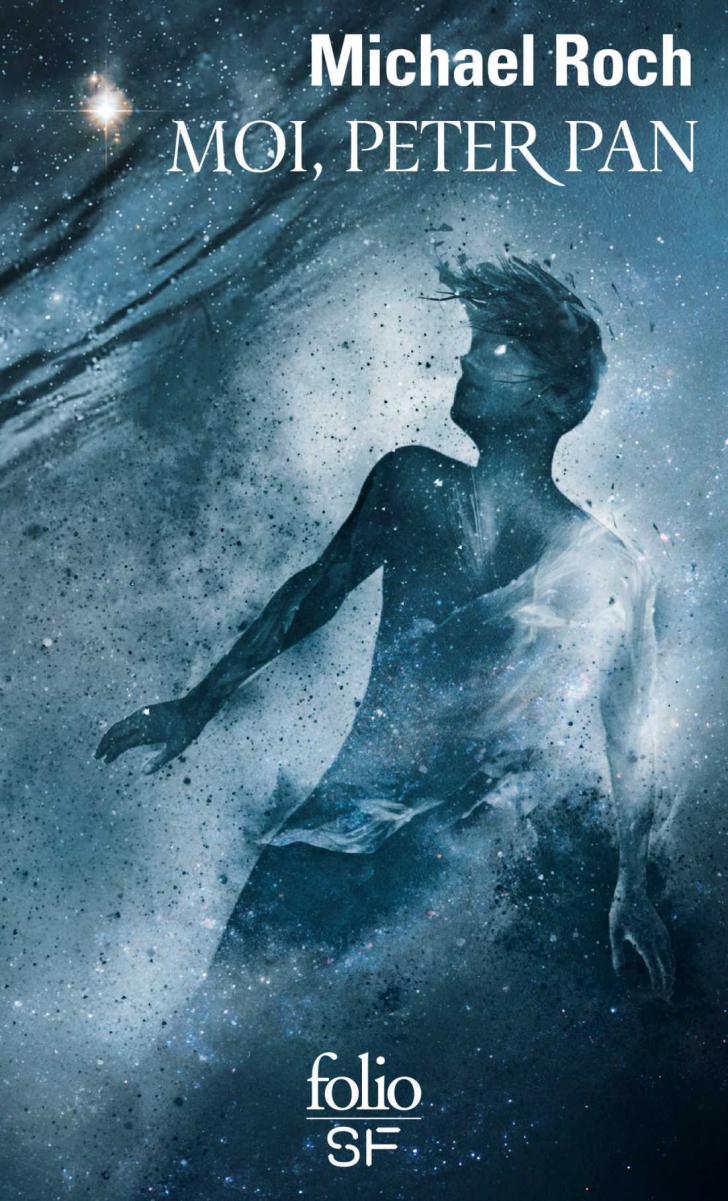Peter Pan: The Boy Who Wouldn’t Grow Up
Both a reflection on refusing the passage of time and a veritable ode to children’s imagination, over a century after it was first published, J.M. Barrie’s novel still inspires fantasy lovers of all ages.
One Hero, Several Texts
Scottish author James Matthew Barrie (1860-1937) is still remembered as the creator of Peter Pan. Inspired by his games with the young boys in the Llewellyn-Davies family, Barrie wrote several books featuring Peter at the turn of the century. In 1901, Barrie used photographs taken of the brothers in a picture book, The Boy Castaways of Black Lake Island. And in 1912, he immortalized his beloved hero with a statue in Kensington Gardens, London, where he had first met the Llewellyn-Davies boys.
Peter Pan was first introduced in The Little White Bird, a 1902 novel intended for an adult readership. The chapters in which the character appears would later be reproduced in Peter Pan in Kensington Gardens (1906), a “coffee-table” edition illustrated by Arthur Rackham. Between the two, Barrie’s spectacular production of Peter Pan, or the Boy who Wouldn’t Grow Up – a “pantomime,” i.e. a play with audience participation that is a British entertainment tradition during the Christmas holiday period – had been a huge success with London families (December 1904). Those early versions were followed in 1911 by Peter and Wendy, the children’ novel Barrie wrote based on the same plot line, which is now better known as Peter Pan.
An Ode to Children’s Imagination
Peter Pan’s adventures are both an explicit reflection on refusing the passage of time, and a veritable ode to the imagination of children, who are described as “gay and innocent and heartless.” The very existence of fairies – small little winged beings like Tinkerbell – depends on children’s ability to believe in them, and that fades as they grow into adults. Attractive, insolent Peter rejects the world of parents, rules, and responsibilities, choosing instead to reign over the Lost Boys of Neverland – where all of children’s favorite make-believe game settings can be found side by side. Pirates, Indians and mermaids all co-exist in Neverland… which is an island, of course. Playing his flute, Peter leads the Darling children away from their nursery to share his adventures. Even Captain Hook flees time’s passing… in the shape of a crocodile that ticks like a clock.
Of course, Peter Pan embodies a (worrisome) dream of eternal childhood, but Wendy and her brothers eventually return to the stream of life. Despite the fact that their parents had believed them dead, they will in fact grow up. The 1911 novel closes with a reference to the Wendy’s future children, who will in turn… Shhh! No spoilers!
A Still-Famous Character
Peter Pan has become an icon. Embodying deep psychological resonance, his name has even been attached to the “Peter Pan syndrome,” which refers to the desire, in some men particularly, never to leave childhood. Still, a great many artists have projected their vision of the eternal youth emerging from the shelter of imagination: as a lost child in a bleak Victorian London, for Régis Loisel in his six-volume Peter Pan comic book (1990-2004), or having grown up, in Steven Spielberg’s film Hook (1991). The power of pictures has always accompanied the green-clad hero. There have been many film adaptations – from Herbert Brenon’s 1924 Peter Pan, which hewed close to Barrie’s vision, to P. J. Hogan’s 2003 version and Joe Wright’s Pan (2015), which invented epic new adventures for Barrie’s hero. Nonetheless, the Disney animated version (1953) is the one that has had the most decisive impact on our collective memory.


